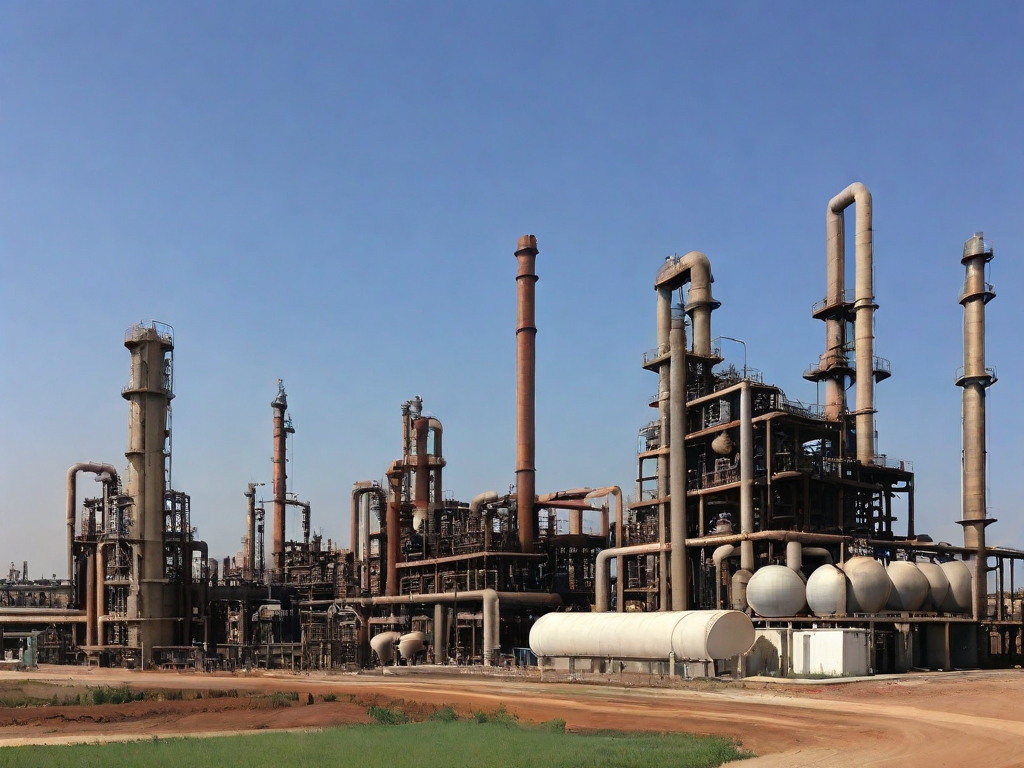Welcome to the Intrinsically Safe Store, your one-stop-shop for all your safety equipment needs. We are dedicated to providing you with the most reliable and up-to-date information on safety standards and practices. Today, we delve into the world of Class 1 Division 2 electrical installations and the impact of fault currents on these systems. Visit our website to learn more about our products and services.
What are Class 1 Division 2 Electrical Installations?
Designers create Class 1 Division 2 (C1D2) electrical installations for areas where abnormal conditions may present flammable gases or vapors. Typically, industries such as oil and gas, chemical processing, and pharmaceuticals feature these installations. They design them to prevent the ignition of flammable substances, thereby ensuring safety in potentially hazardous environments.

Understanding Fault Currents
Fault currents, also known as short-circuit currents, occur when an electrical path develops that allows current to flow along an unintended path. This can lead to a sudden surge of electrical power, which can cause significant damage to electrical equipment and pose a serious safety risk.
The Impact of Fault Currents on C1D2 Installations
Electrical short circuits can have a significant impact on C1D2 installations. Here are some of the potential consequences:
- Equipment Damage: Electrical short circuits can cause severe damage to electrical equipment, leading to costly repairs or replacements.
- Safety Risks: The sudden surge of electrical power can cause fires or explosions, posing a serious safety risk to personnel.
- Operational Disruptions: Fault currents can lead to unexpected downtime, disrupting operations and impacting productivity.
Case Study: Fault Currents in the Oil and Gas Industry
The Electrical Safety Foundation International (ESFI) conducted a study that found 41,200 reported incidents of electrical injuries in the oil and gas industry between 2003 and 2012. The study attributed many of these incidents to electrical short circuits, underscoring their significant risk in C1D2 installations.
Preventing Fault Currents in C1D2 Installations
Preventing fault currents is crucial in maintaining the safety and integrity of C1D2 installations. Some effective strategies include:
- Regular Maintenance: Regularly inspecting and maintaining electrical equipment can help identify potential issues before they lead to a fault current.
- Proper Design: Designing electrical systems with fault current considerations can help minimize the risk of fault currents.
- Use of Protective Devices: Circuit breakers and fuses, as devices, can interrupt the electrical flow when a fault is detected, helping protect against electrical short circuits.
Managing Fault Current Risks in Class 1 Division 2 Installations
Fault currents pose a significant risk to Class 1 Division 2 electrical installations, potentially causing equipment damage, safety risks, and operational disruptions. However, you can effectively manage these risks with regular maintenance, proper design, and the use of protective devices. At the Intrinsically Safe Store, we commit to helping you understand and mitigate these risks. Contact us today for more information on our products and services.


























